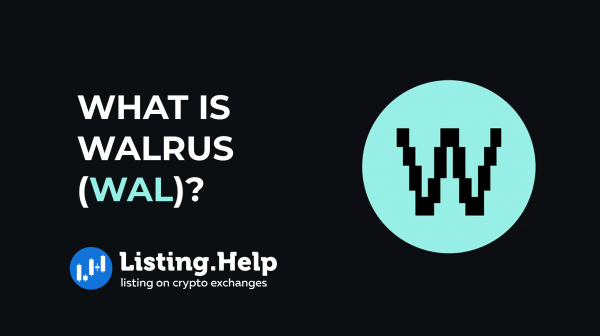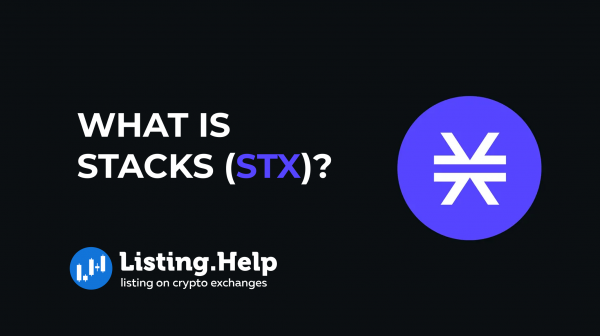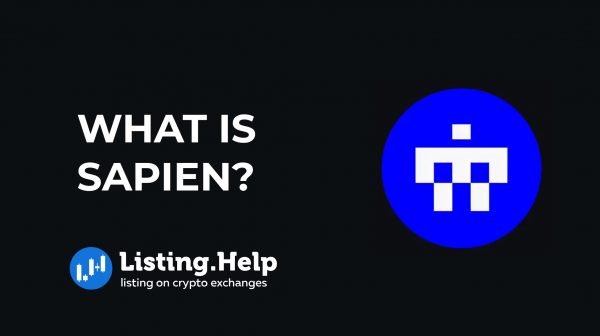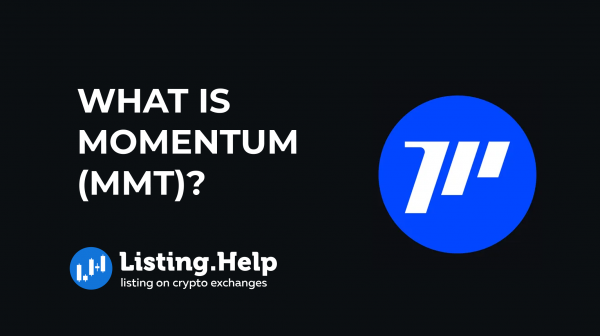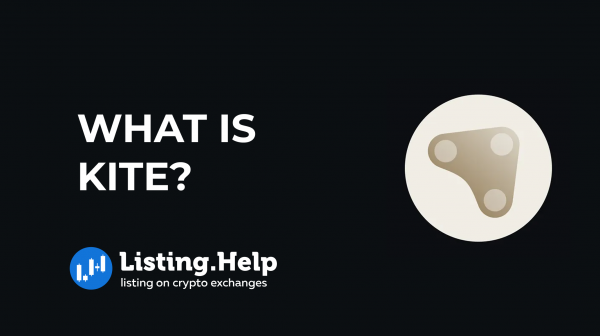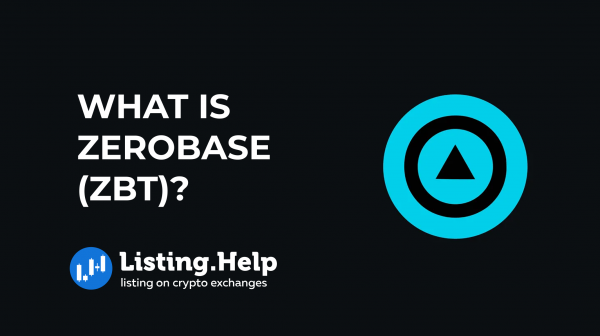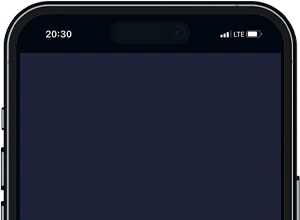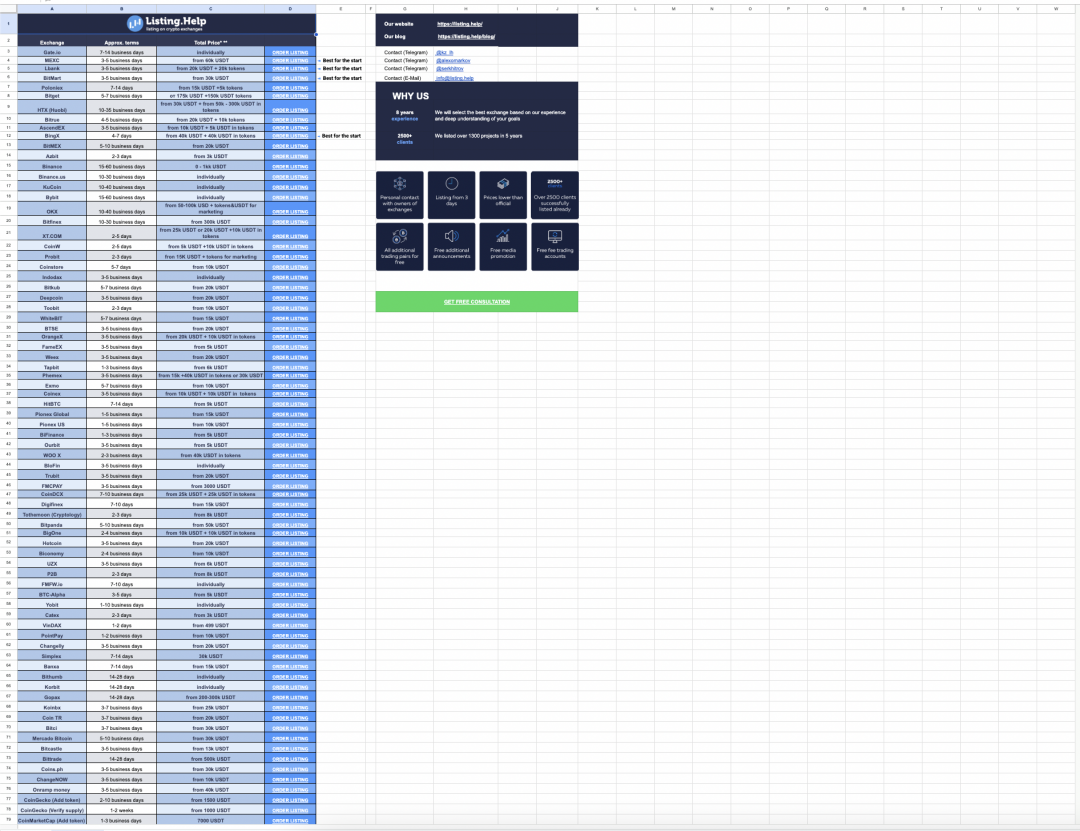How to List Token or Coin on Hyperliquid DEX
 July 16, 2025
July 16, 2025 Updated: July 17 2025, 09:34
Updated: July 17 2025, 09:34
LEAVE A REQUEST
Launching your own token project? Our experts are ready to help with listing on exchanges, market making, marketing and other solutions
SUBMIT APPLICATIONListing your project on the decentralized exchange Hyperliquid opens the way to free trading without limits, organic community growth, and liquidity inflows. Hyperliquid has become one of the most technologically advanced DEX platforms. In this article, we will look at the advantages your project can expect when choosing Hyperliquid, how to prepare for listing, and how to avoid common mistakes. Let’s get started!
What Is Hyperliquid DEX?
Hyperliquid is a high-performance DEX platform built on its own Layer-1 blockchain. Its distinctive feature is its on-chain order book. It brings the trading experience closer to centralized exchanges while maintaining decentralization.
The order book operates directly on the blockchain, ensuring complete transparency and high speed. Hyperliquid has its own HIP-1 and HIP-2 token standards, which work similarly to ERC-20 but are more adapted to the Hyperliquid architecture.
Thanks to the built-in liquidity system, trading pairs are created using an automatic market maker.
To use Hyperliquid, you don’t need to use third-party wallets — all operations can be carried out through the built-in wallet interface.
Perpetual futures are also particularly popular on Hyperliquid, offering traders leverage of up to 50x and low transaction fees.
Why List on Hyperliquid?
Listing a token on Hyperliquid can offer several significant advantages:
- Since all functionality is implemented through open smart contracts, all trading is transparent.
- Permissionless token launch, unlike centralized exchanges. Listing a token on DEX is faster.
- Hyperliquid utilizes a Dutch auction, a unique mechanism that distributes tokens and purchases token tickers.
- Another feature of the platform is the rapid addition of liquidity through the Hyperliqidity function.
- Listing on Hyperliquid opens up access to the active DEX exchange community, allowing the project to attract new investors and increase awareness.
What You Need Before Listing
To prepare your project for Hyperliquid listing, you will need to compile a complete package of technical and marketing information, including:
- A whitepaper describing the project’s mission, goals, and mechanics.
- Tokenomics with transparent terms for token distribution, vesting, and utility.
- To be listed on Hyperliquid, your smart contract must comply with the HIP-1 standard. In addition, the code must be thoroughly tested and, if possible, have passed a security audit by a trusted auditing company.
- Before listing, a test deployment (testnet) is required to verify the configuration’s correctness and interaction with the protocol.
- To participate in the Dutch auction and ensure liquidity, USDC will be required in the wallet.
- The developer may also need access to the GitHub Hyberliquid SDK and instructions on how to use the tools.
Step-by-Step Token Listing on Hyperliquid Process
The process of listing a token on Hyperliquid is straightforward. The first step is to create a HIP-1 standard token. This is done in the developer interface using the Deploy Spot function. It is essential to enter the parameters correctly: name, ticker, total token supply, and the number of decimal places. It is necessary not to make a mistake at this stage, as the token will need to be recreated if an error occurs.
The next step is to set up Genesis balances, i.e., the initial distribution of tokens. At this stage, it is crucial to determine the list of addresses that will receive tokens, as well as the number of tokens reserved for the community, investors, and the liquidity pool. At this stage, you should have a ready-made tokenomics, so all the numbers can be transferred from there.
To obtain a unique ticker that is not yet in the system, you must participate in a Dutch auction. There, you need to buy an NFT in the name of the token that will be displayed in the order book. If the ticker is already taken, the launch will not be possible, so this step cannot be skipped.
The next step is to create a trading pair and add liquidity through the Hyperliquidity system. Most often, a trading pair is created with USDC. At this stage, it is essential to determine the initial liquidity volume, price range, and distribution strategy. We recommend providing initial liquidity of 3,000 to 20,000 USDC, depending on the size of the community and the expected volatility of the token.
The final stage will involve activating the token on the mainnet. From the moment of activation, the token will be available for trading. This means that users will be able to place orders in the order book and trade the token. It is essential to announce the trading start time to the community in advance and conduct targeted marketing activities to draw attention to the listing.
Common Mistakes to Avoid
Even if you have a high-quality product and an active community, mistakes in preparation can significantly worsen the outcome of the listing. In this section, we have compiled a list of typical mistakes that beginners make when launching a token on a DEX exchange for the first time. First and foremost:
- Don’t ignore the testnet. Failure to test beforehand can lead to incorrect token configuration and even failures during listing in the future.
- Check the parameters when creating a token, as they cannot be changed later. This includes the token name, the number of tokens, the number of decimal places, and other relevant parameters.
- Make sure you have the necessary amount of USDC to create a liquidity pool in advance. And remember that without Hyperliquidity or the involvement of third-party market makers, the token may remain unclaimed.
- Lack of a marketing strategy. It is not enough for a project to have a cool idea and product. If you do not invest in marketing and consistently attract new audiences, the project may fail. Therefore, ensure you have a marketing plan in place for the project’s development, both before and after listing.
After Listing — What’s Next?
Listing is just one stage in the development of your project. Continue without stopping or slowing down at this point. After the launch of trading, it is essential to maintain interest in the token. This can be done in the following ways:
- Host AMA sessions and inform the community about new developments and essential updates. There should be constant activity on social media.
- Encourage the community to trade and use the token. Host trading contests and discuss the utility of the token.
- Monitor the liquidity of the token and, if necessary, add stablecoins to the pool via Hyperliquidity.
- Develop the project through HyperEVM — this will allow you to expand functionality and provide new opportunities, such as launching DeFi mechanics. HyperEVM is an EVM-compatible virtual machine that enables you to run Ethereum-like smart contracts while leveraging the Hyperliquid network. This gives projects greater flexibility and opens up opportunities for creating dApps, staking solutions, and other on-chain tools.
Final Thoughts
Listing a token on Hyperliquid is an excellent alternative to listing on centralized exchanges. Thanks to the support of the on-chain order book, its own HIP-1 standard, and built-in liquidity system, you can gain complete control over the launch of trading. And DEX can offer transparent and technologically advanced conditions for your token to enter the market. Listing a token on Hyperliquid is easier than obtaining approval for listing on a CEX exchange, but many beginners still have numerous questions.
If you need comprehensive support with listing, you can always contact Listing.Help. We will help you choose the exchanges for listing, assist in preparing your project to meet the platform’s requirements, and handle negotiations with the platform team. We also help with proper listing on DEX exchanges. Thanks to our direct connections with exchanges management, listing with us is on average five times faster than listing independently. Nevertheless, our cooperation does not end after listing. We can also assist with the development and implementation of a marketing strategy, both before and after listing. Order a free consultation and get answers to all your questions right now!
Remember that the success of a token depends on quality preparation. A verified smart contract, competent tokenomics, liquidity, and a marketing strategy are all equally important for a successful launch.
Follow the recommendations, interact with the community, test new marketing hypotheses, and then your listing on the Hyperliquid DEX exchange will be successful. Good luck with your launch!




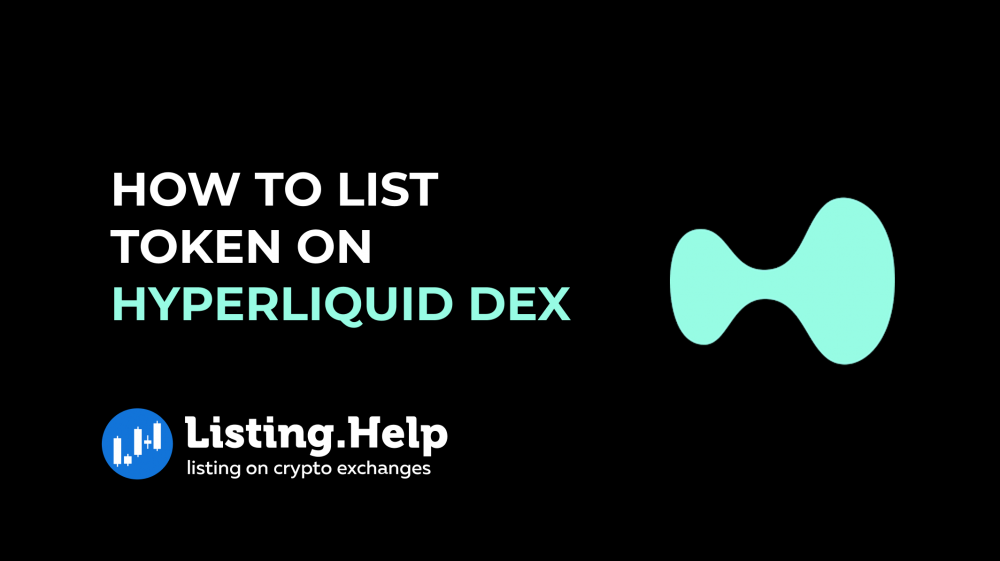

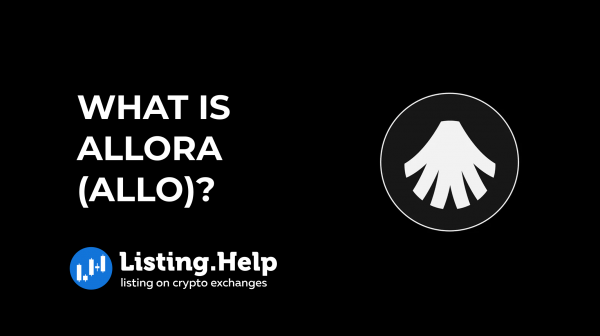
 December 29, 2025
December 29, 2025 
